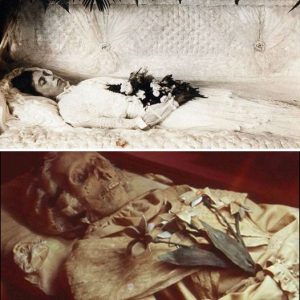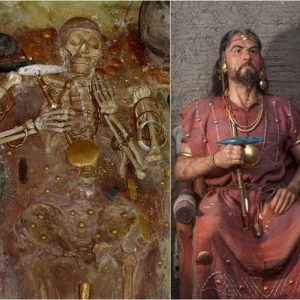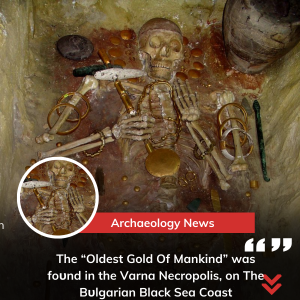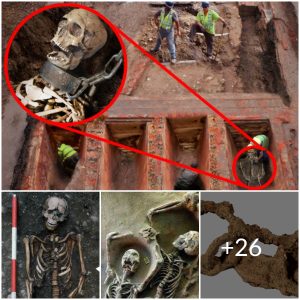In the heart of southern Iraq lies a city that has captivated the imagination of historians and archaeologists for centuries. Uruk, often hailed as the first civilized city in the world, is a testament to the remarkable achievements of ancient Sumerian civilization. Discovered by English archaeologist William Loftus in 1849 AD, this ancient metropolis has unveiled a wealth of knowledge about our shared human history. In this comprehensive exploration, we delve into the origins, culture, and significance of Uruk, shedding light on the dawn of urban civilization.
Uruk’s Emergence
Uruk’s emergence as a thriving city dates back to an astonishing timeframe – between 6500 and 4000 BC, making it one of the earliest known urban centers on Earth. Its location along the banks of the Euphrates River contributed to its prosperity, as it became a hub for trade and commerce.
The story of Uruk’s re-emergence into the modern world is closely tied to the work of British archaeologist William Loftus. His groundbreaking discoveries in the mid-19th century unearthed the city’s ancient remains, sparking a renewed interest in understanding the foundations of human civilization.
To comprehend the significance of Uruk, we must delve into the broader context of the Sumerian civilization. These early Mesopotamian people laid the groundwork for many aspects of urban life, including writing, law, and governance.
Iconic Structures and Cultural Influence
One of Uruk’s most iconic structures is the awe-inspiring Ziggurat, a stepped pyramid-like temple dedicated to the city’s patron deity. This architectural marvel served both as a religious center and a symbol of Uruk’s grandeur.
Uruk’s cultural influence extended far beyond its walls. Its writing system, known as cuneiform, spread across Mesopotamia and beyond, becoming one of the earliest forms of recorded communication.
Uruk’s legacy also includes the “Epic of Gilgamesh,” one of the world’s oldest surviving works of literature. This epic narrative, centered around a heroic king, offers valuable insights into Sumerian beliefs, mythology, and societal values.
Layout and Governance
Uruk’s layout and governance provide a window into the complexities of early urban planning. The city was divided into distinct districts, and it boasted a centralized authority that oversaw various aspects of daily life.
Despite its grandeur, Uruk eventually faced a decline. Various theories abound regarding the causes, from environmental changes to shifts in trade routes. Unraveling this enigma continues to be a subject of archaeological inquiry.
The Enduring Legacy
The legacy of Uruk endures in modern times. Its contributions to agriculture, writing, and governance laid the foundation for the development of subsequent civilizations. Understanding this ancient city allows us to appreciate the roots of our contemporary world.
Uruk, the first civilized city in the world, stands as a testament to the ingenuity and ambition of early human societies. Its discovery by William Loftus in the 19th century rekindled our fascination with the origins of urban life. As we delve deeper into the annals of history, Uruk beckons us to explore the complex tapestry of human civilization, offering a glimpse into the aspirations and achievements of those who walked its ancient streets. In the sands of southern Iraq, Uruk remains an enduring symbol of our collective heritage and the inexhaustible quest for knowledge about our shared past.






